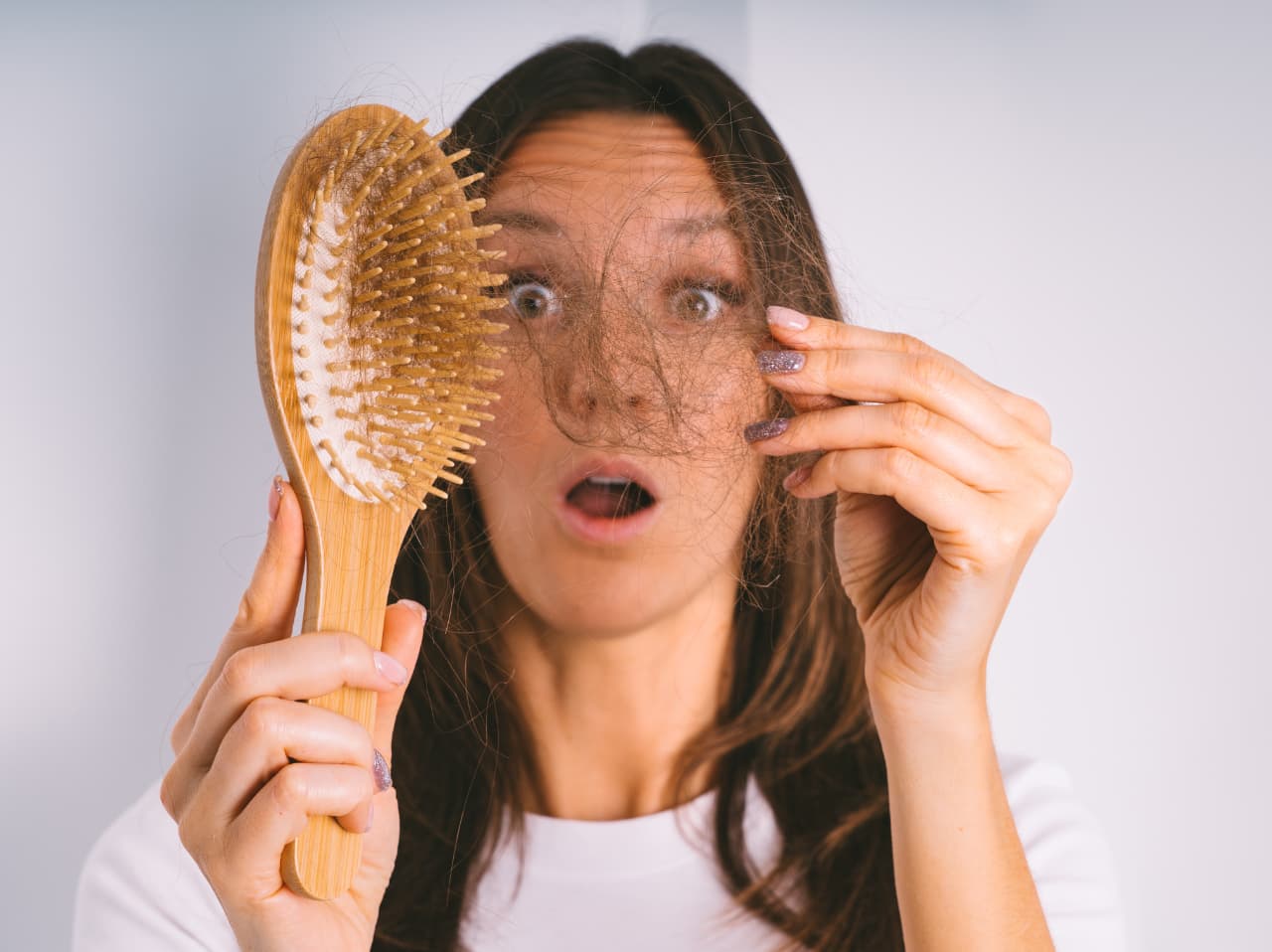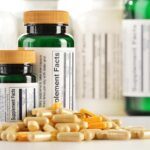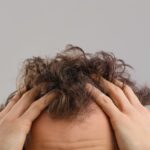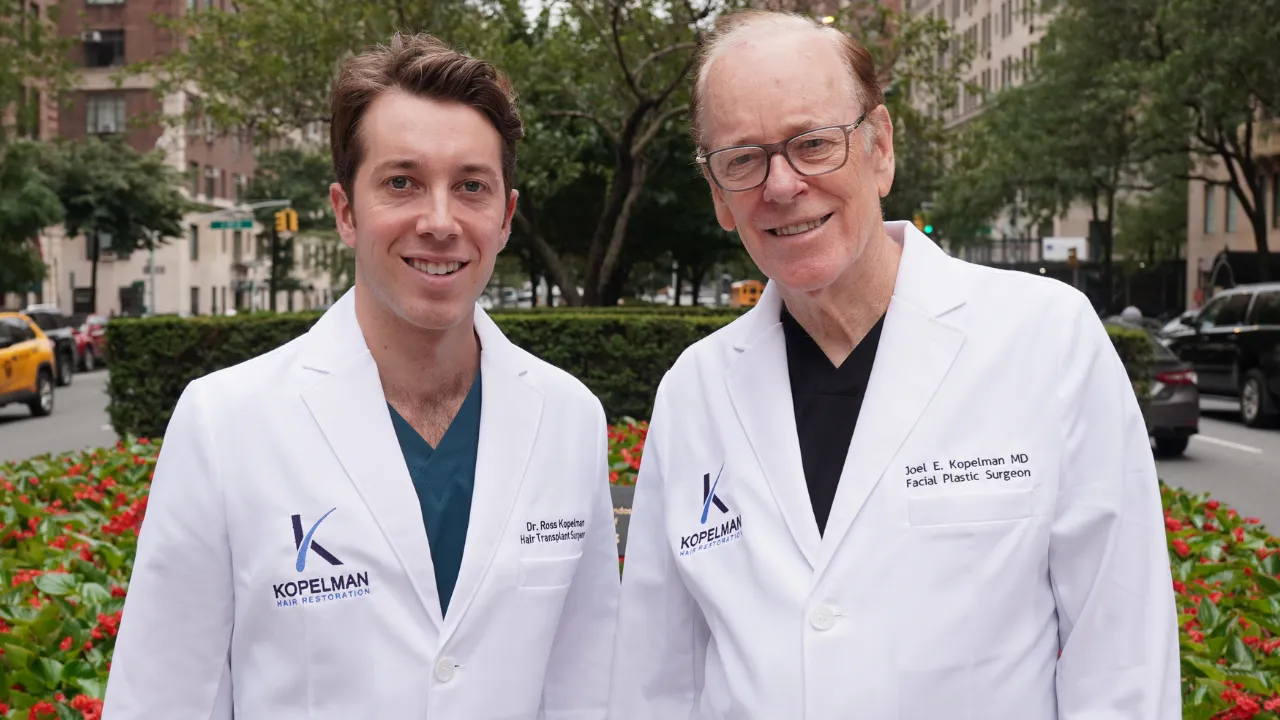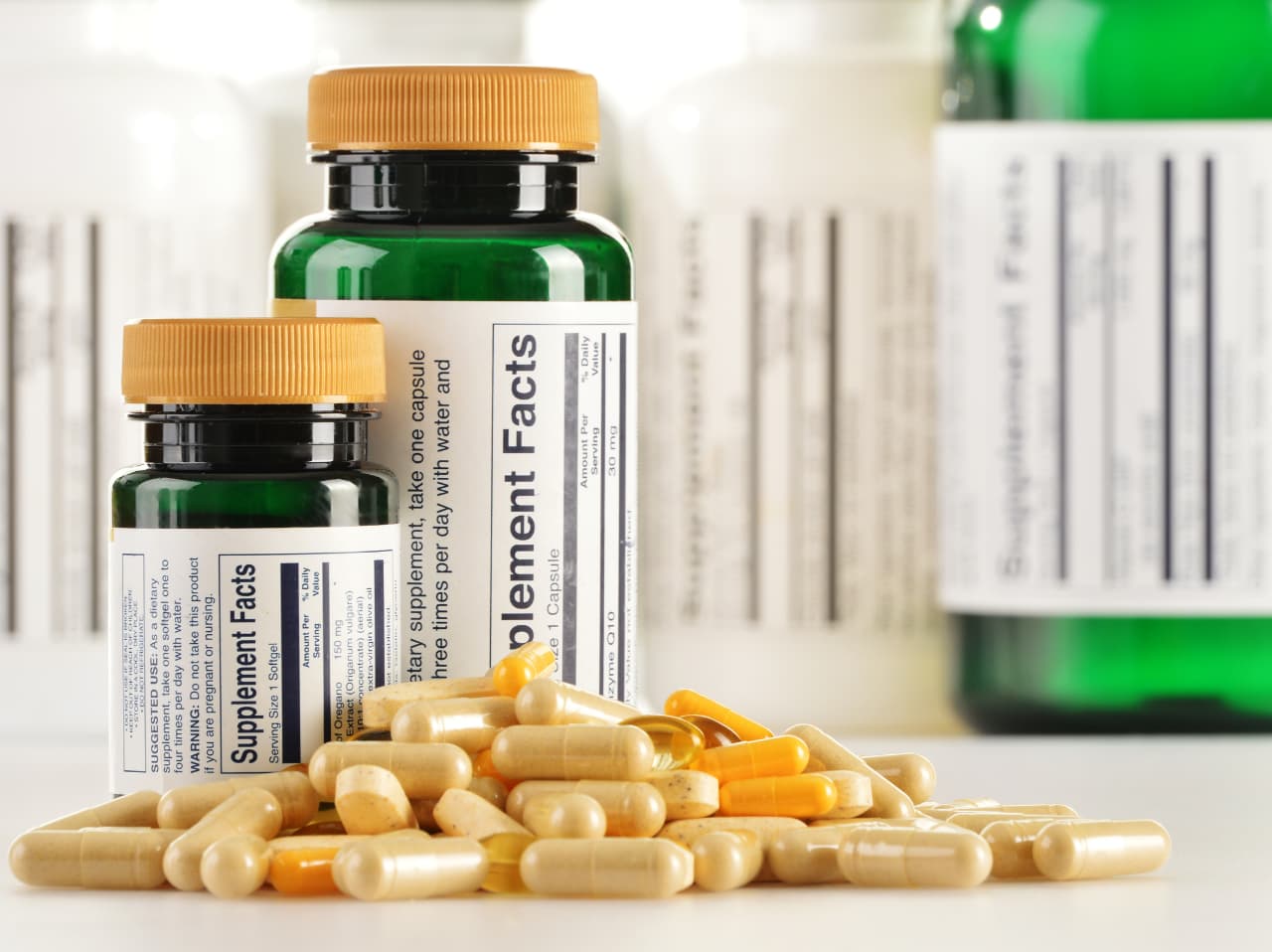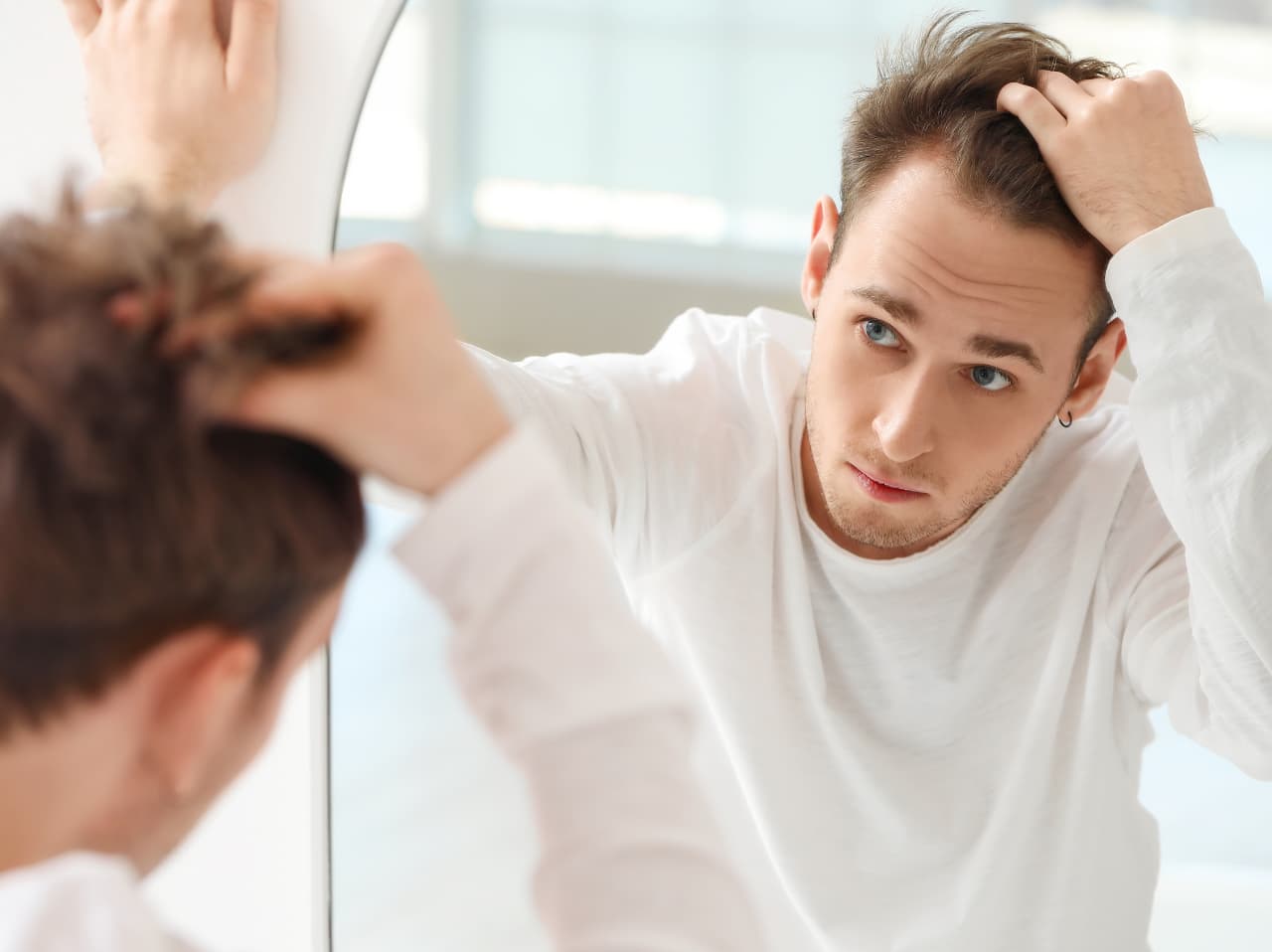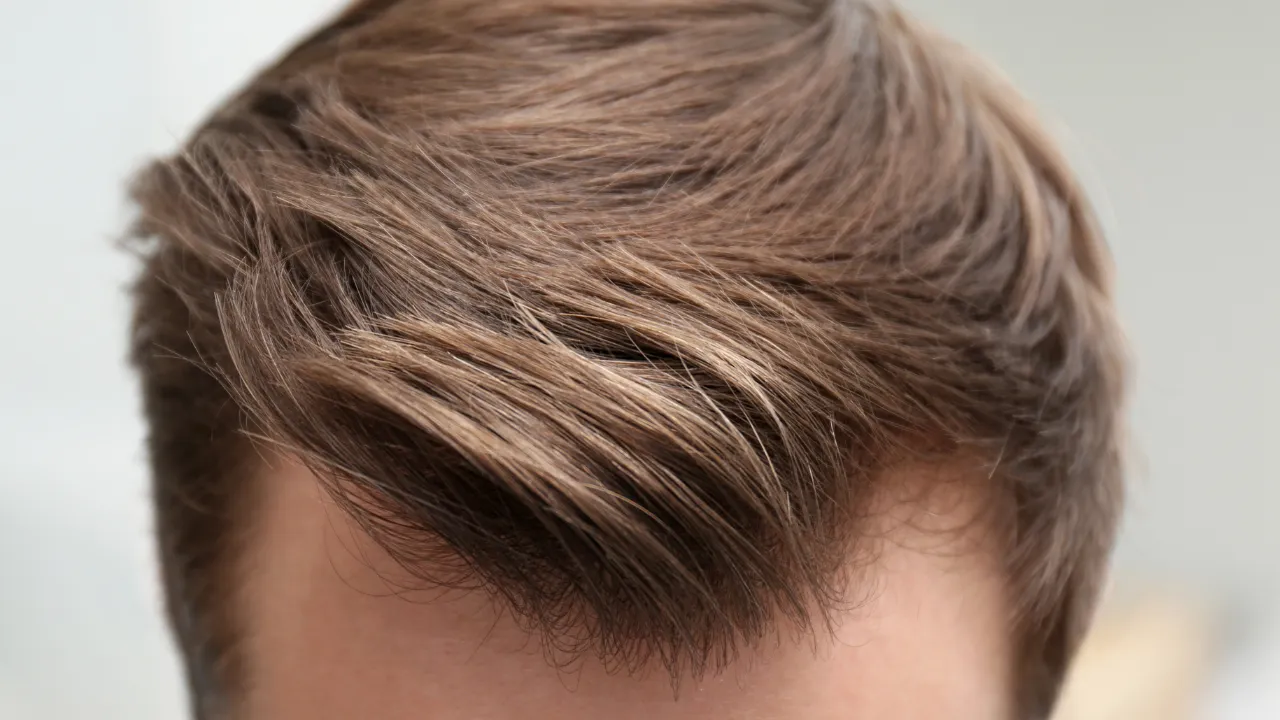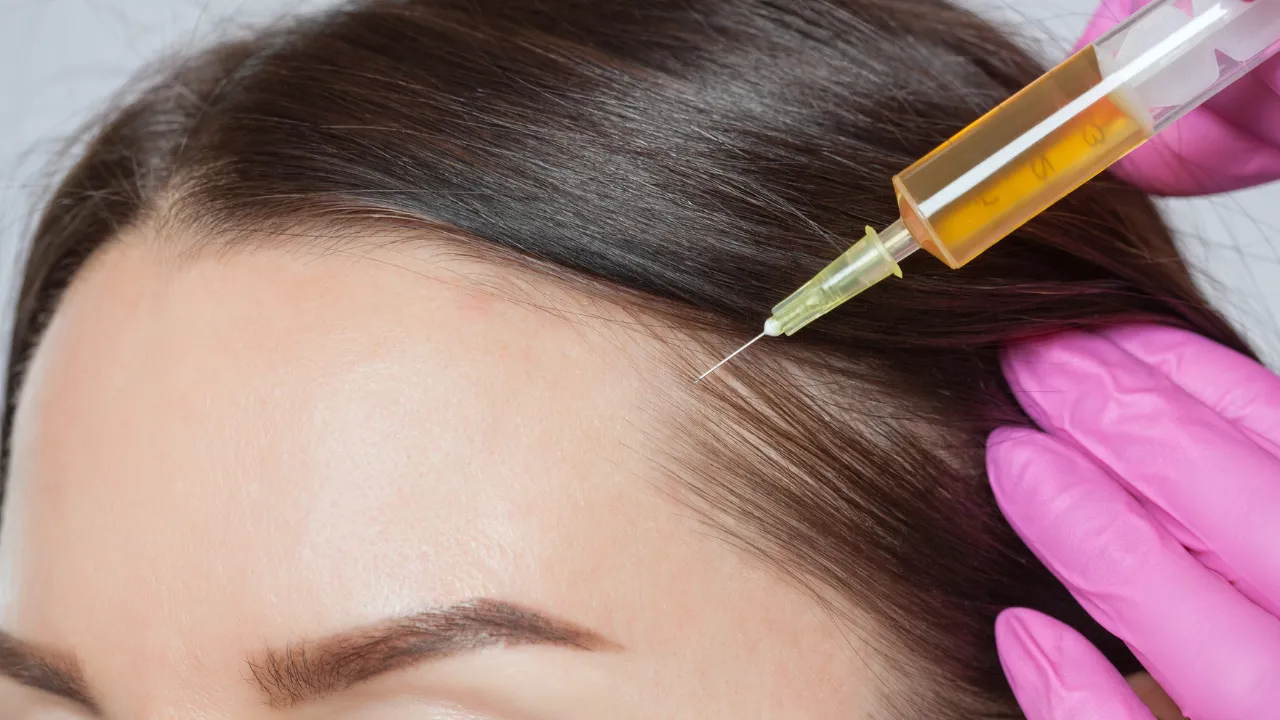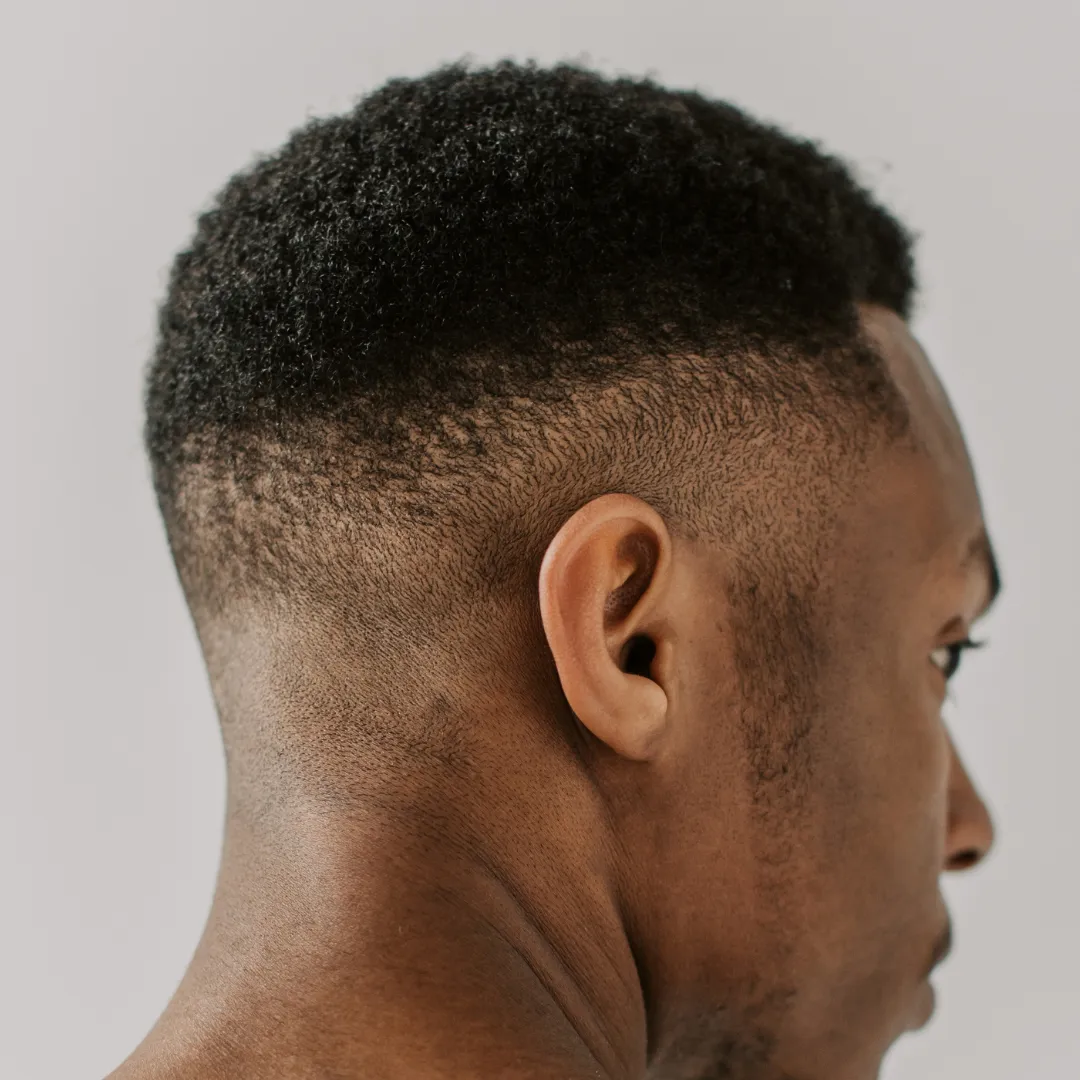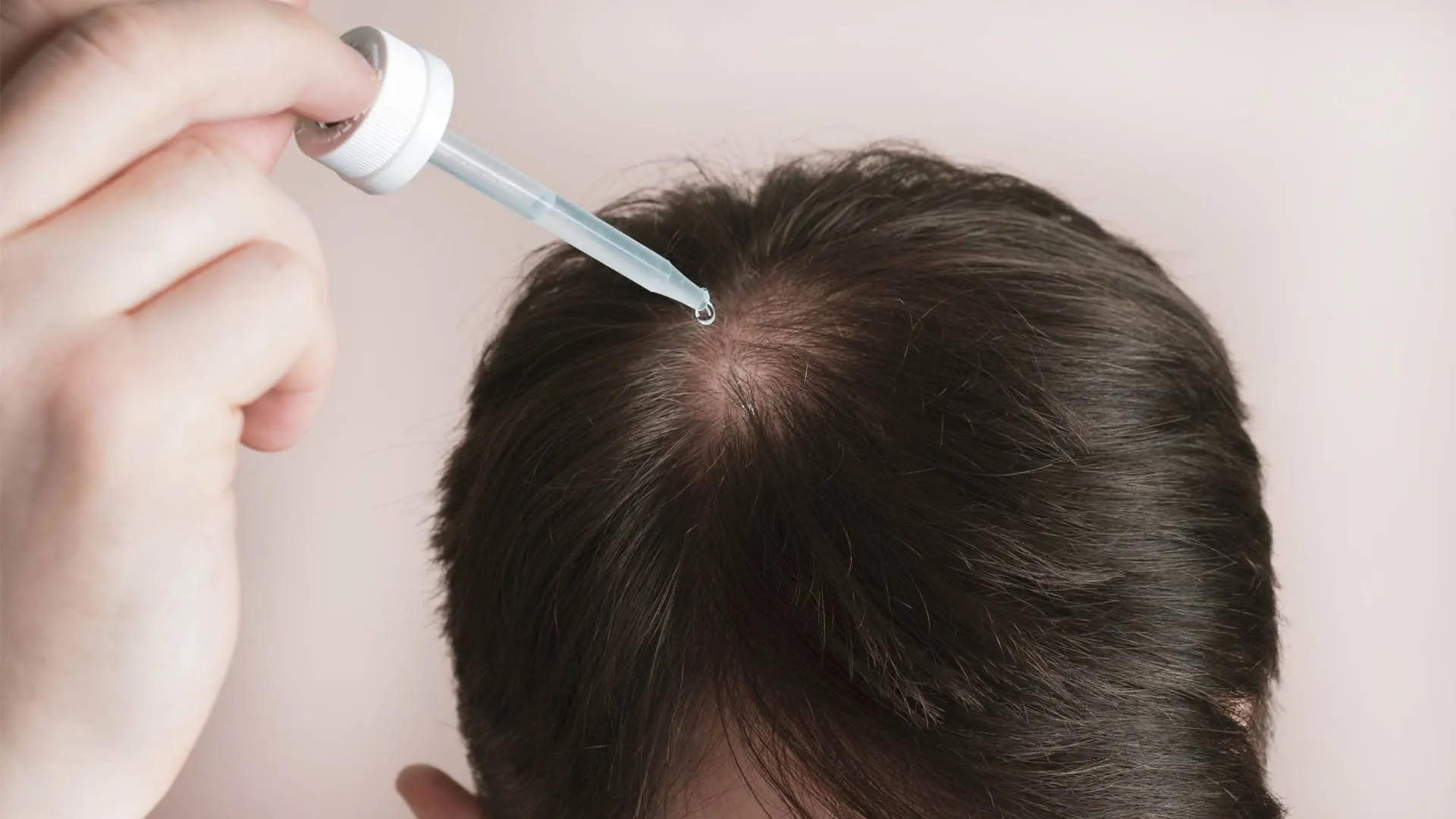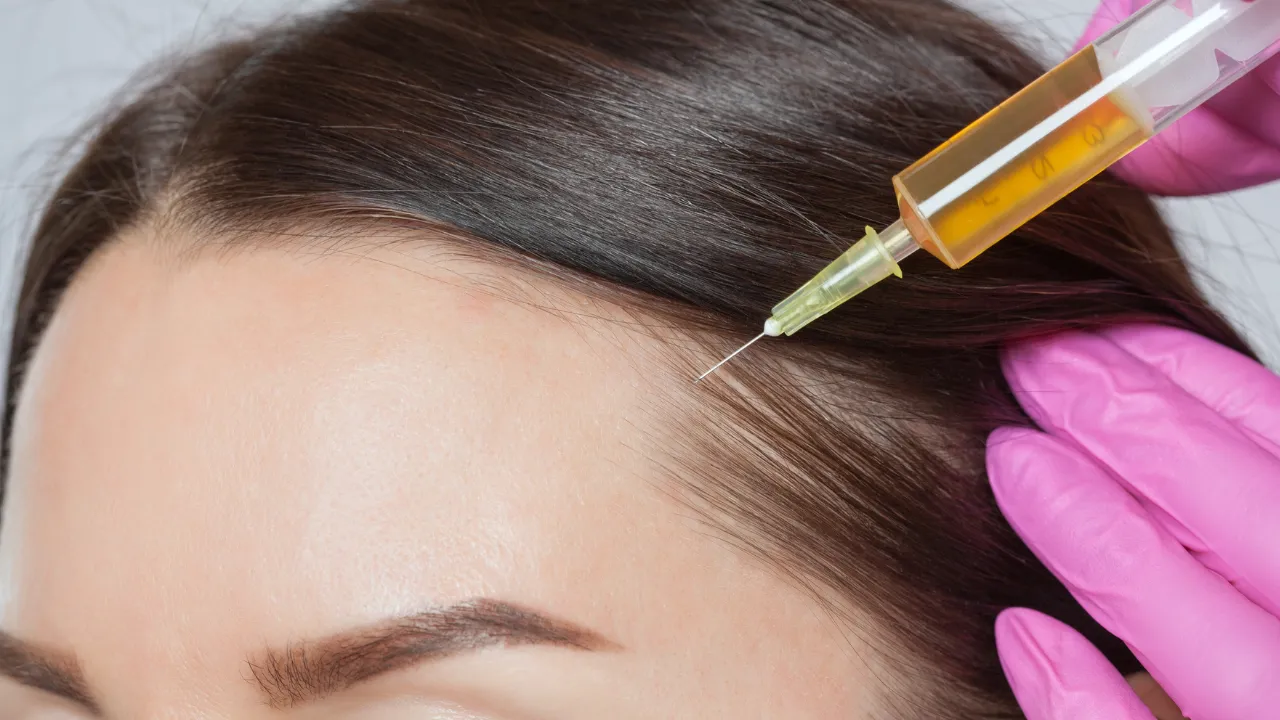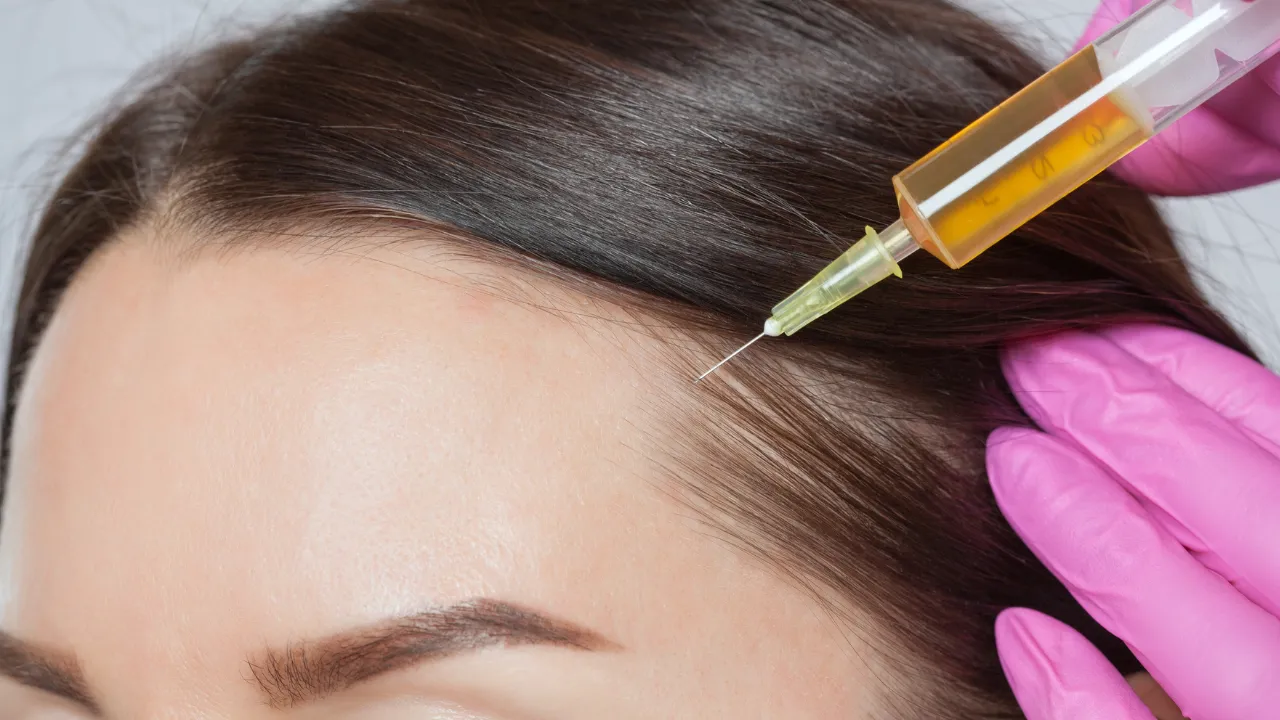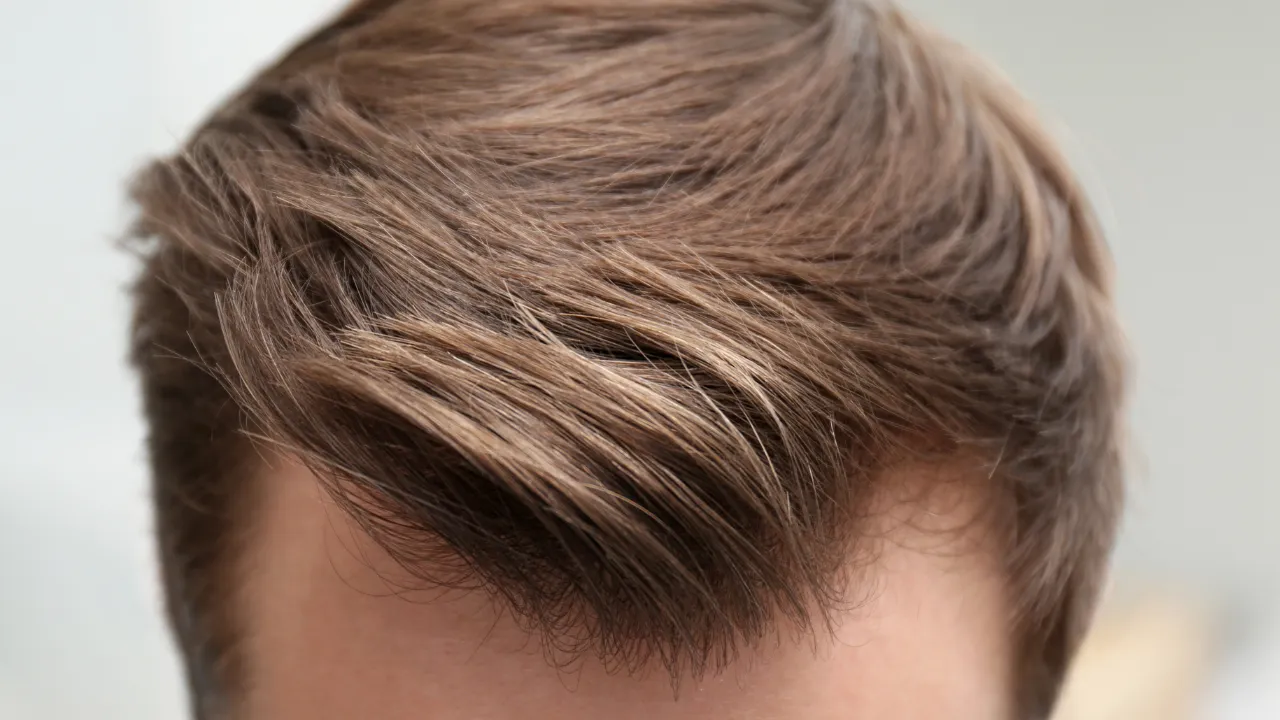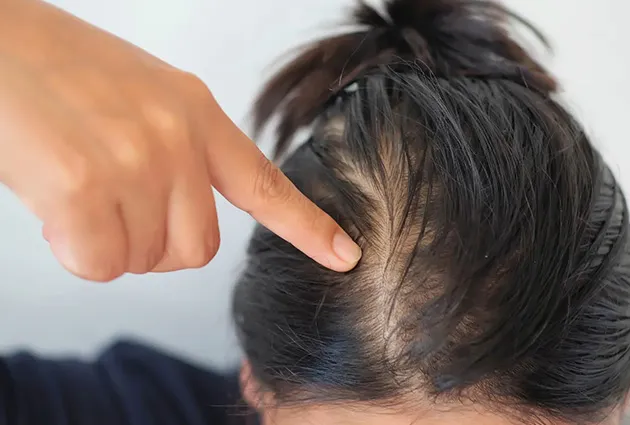Table of Contents
ToggleDoctors often use steroid shots for hair loss to treat certain kinds of shedding caused by inflammation. At Kopelman Hair, Dr. Kopelman offers expert care and proven treatments to help patients fight hair thinning and grow hair again.
How Steroid Injections Treat Hair Loss
These injections reduce inflammation around the hair follicles. In conditions like alopecia areata, the body’s immune system attacks the hair, which causes it to fall out. Corticosteroids for hair loss calm the immune system in those areas so hair can grow again.
The medicine most often used is triamcinolone acetonide, a strong steroid. It is injected directly into the scalp. Unlike pills, these injected steroids work only in the treated area, which helps lower the chance of side effects.
Effectiveness and Results of Steroid Shots
Steroid shots for alopecia can help some people regrow hair in just a few weeks. The results depend on how severe the hair loss is and how early you start treatment. People with alopecia steroid shots often see new hair after 4 to 6 weeks.
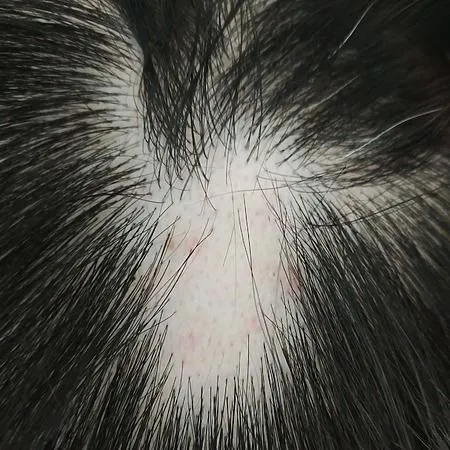
These injections for hair loss are one of the most trusted non-surgical options for types of alopecia linked to inflammation. They work best for small bald spots. Some people may need repeat treatments to keep the hair growing.
Who Should Consider Cortisone Injections?
Cortisone shots are best for people with small bald patches caused by an overactive immune response. These are common in alopecia areata. If you’ve tried creams or foams without results, a steroid injection for hair loss may be your next step.
But this treatment is not right for everyone. If your scalp is infected or your skin is too thin, injections might not be safe. At Kopelman Hair, Dr. Kopelman checks every patient carefully to make sure this steroid treatment is a good fit.
Side Effects and Safety Considerations
Most people handle steroid injections for hair well, but some may have side effects. These can include mild pain, changes in skin color, or thinning of the skin near the shot. In rare cases, hair may not grow back in treated areas.
The risk of steroid injection for alopecia areata side effects is low when the treatment is done by an expert. Clinics like Kopelman Hair use the right dose and spacing between sessions to keep patients safe. Following aftercare tips can also help.
Costs and Insurance Coverage
The cost of hair loss injections steroids depends on how many sessions you need. One session usually costs between $300 and $600. If your condition is mild, you may only need one or two treatments.
Most insurance plans do not cover corticosteroid injections for cosmetic reasons. But if a doctor says the treatment is medically needed, such as for alopecia areata, you may get some help with costs. Always check with your provider.
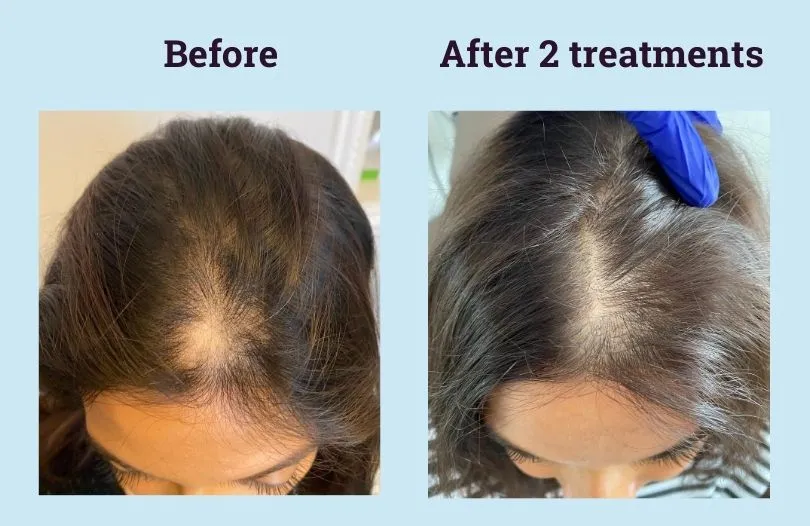
Comparing Topical Steroids and Injections
Topical steroids are creams or foams that you apply to the skin. They are easy to use and work well for small problems. But they don’t go deep enough to treat severe inflammation.
Injected steroids go under the skin and work at the root of the problem. They are more powerful than topicals. Injections are often the better choice for people with fast or patchy hair loss.
Alternative Treatments for Thinning Hair
Not everyone wants steroid injections. There are other ways to boost hair growth. One popular method is PRP treatment, which uses your own blood. The blood is spun to collect growth factors, which are then injected back into the scalp. This is called platelet rich plasma (PRP) therapy.
PRP for hair loss works best for people with early hair thinning. Other options include minoxidil, scalp injections with vitamins, or even surgery. Some patients choose more than one method to get better results.
For many patients experiencing gradual hair thinning rather than patchy loss, scalp injections for thinning hair can offer a less invasive but effective solution. These injections often involve vitamins, peptides, or growth factors that nourish the scalp and stimulate weak hair follicles. They are ideal for people who may not qualify for steroid therapy but still want to improve hair density.
In cases where thinning is not caused by an autoimmune condition, scalp injections for thinning hair may serve as a good first step before considering more advanced treatments. Some patients combine them with PRP injections or topical steroids to improve results over time. These treatments can be spaced a few weeks apart and tailored to the severity of hair loss.
Another option being explored for more severe cases—especially those involving autoimmune conditions—is the use of JAK inhibitors. These medications help block certain immune signals that can cause hair to fall out. While not yet widely approved for hair loss, early studies show that JAK inhibitors may help restore hair in people who haven’t responded to other treatments.
At Kopelman Hair, patients receive a custom evaluation to determine whether this approach is right for them. Dr. Kopelman may recommend a tailored plan based on your condition, goals, and treatment history. With the right care, many patients can slow hair loss and support steady hair regrowth.
Kopelman Hair: Expert Care Backed by Experience
With over 40 years of practice, Dr. Kopelman offers advanced care for people dealing with hair loss. He uses treatments like triamcinolone acetonide, PRP injections, and other tools to help each patient get the best outcome.
At Kopelman Hair, every plan is tailored to your needs. Whether you’re considering steroid injections for hair loss or exploring other options, you’ll receive safe and expert care backed by real results.



